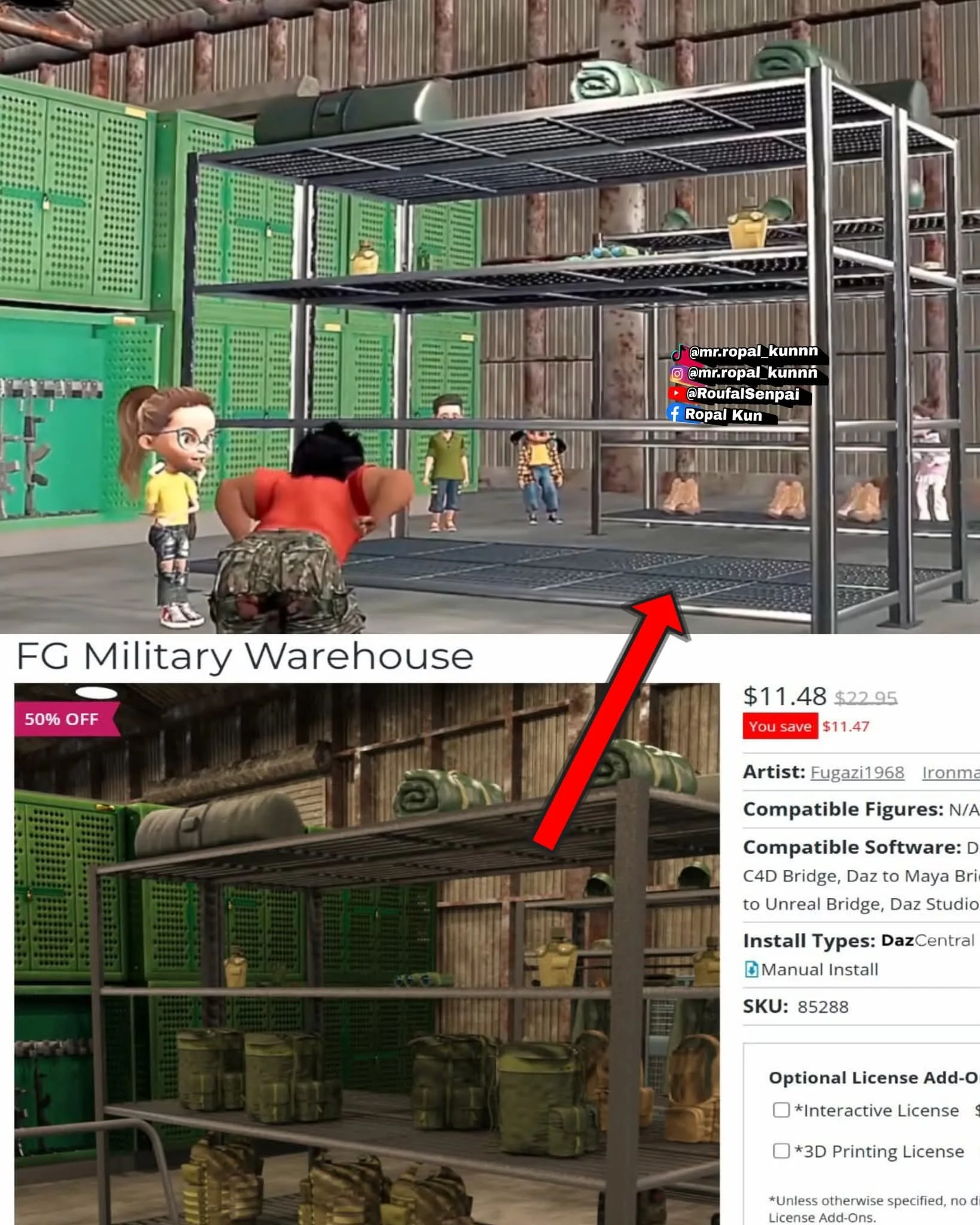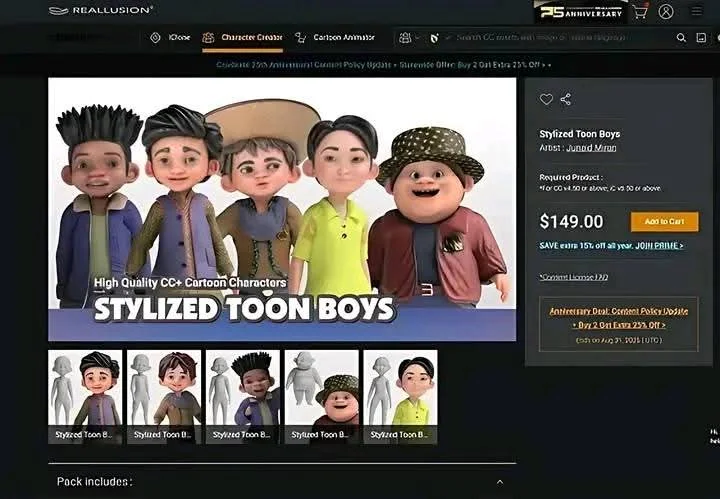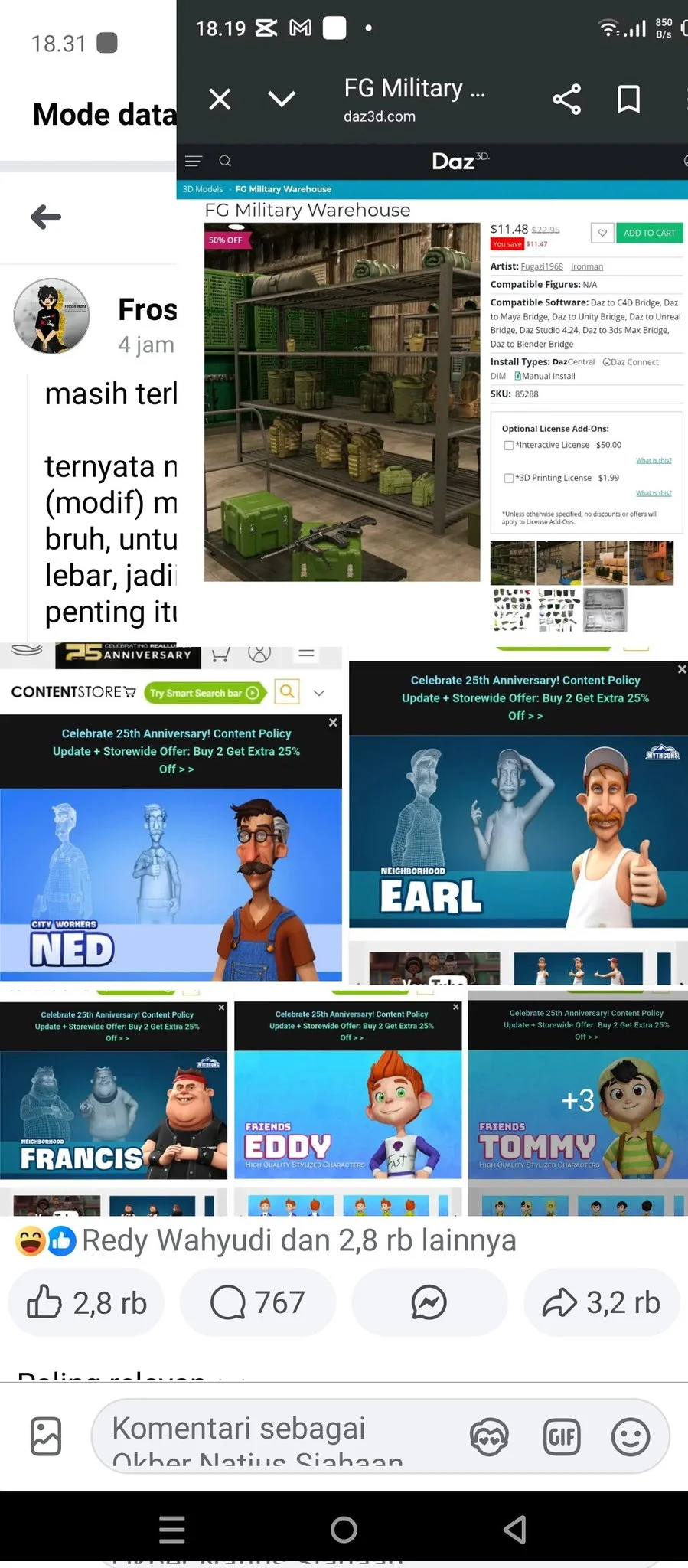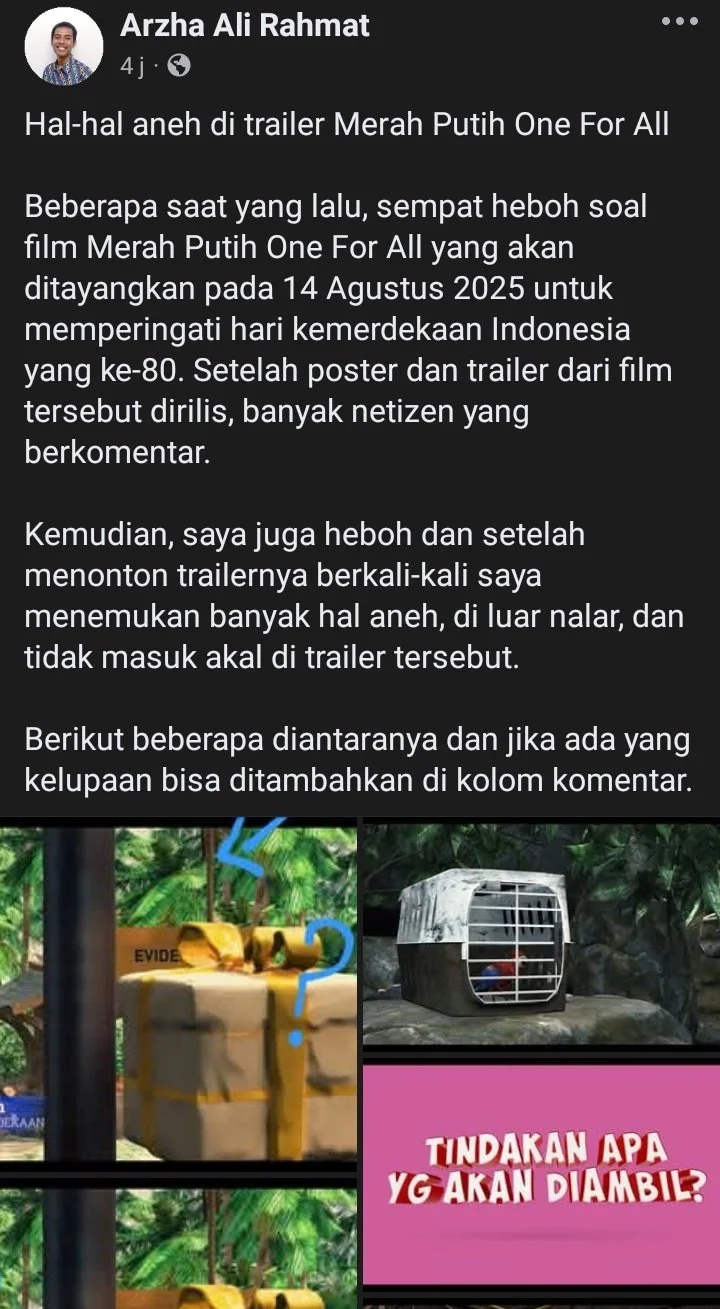When a Nationalistic Film Ends Up as a Meme: The Controversy of Merah Putih One For All
The animated film Merah Putih: One For All, which was supposed to be a children’s film with a nationalistic theme to celebrate the 80th anniversary of Indonesian Independence and released in theaters on August 14, 2025, instead became a subject of mass ridicule.
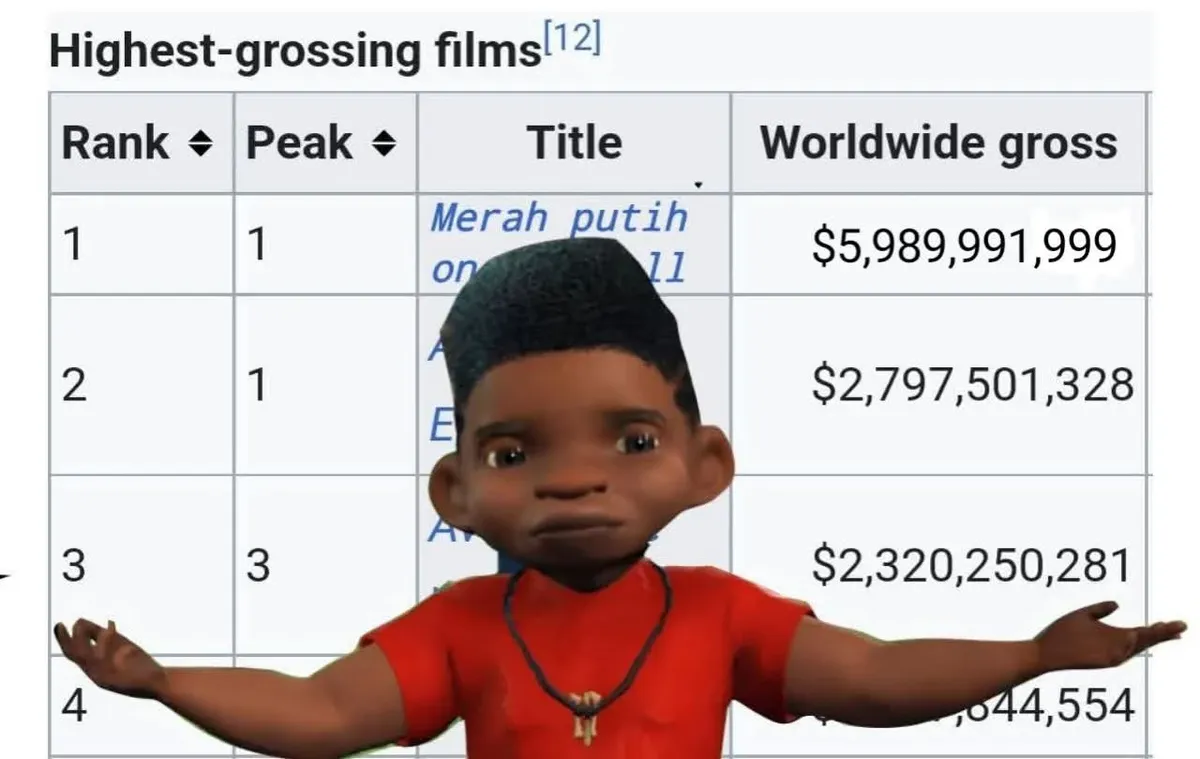
Posters, trailers, and claims of nationalism were unveiled one by one until only one tough question remained: what are the money and the big name used for if the final product looks like a failed flash project?
Brief Synopsis & Official Trailer
According to the official synopsis, Merah Putih: One For All tells the story of eight children from various cultural backgrounds (Betawi, Papua, Medan, Tegal, Central Java, Makassar, Manado, and Chinese) who form the “Red and White Team.” They must rediscover the Lost Flag three days before the August 17 ceremony, crossing rivers, forests, storms, and clashing egos for one goal: to raise the flag on Independence Day. A good theme, a reasonable patriotic message, but unfortunately that message is drowned out by sloppy execution.
Visuals, Execution, and Feeling Rushed
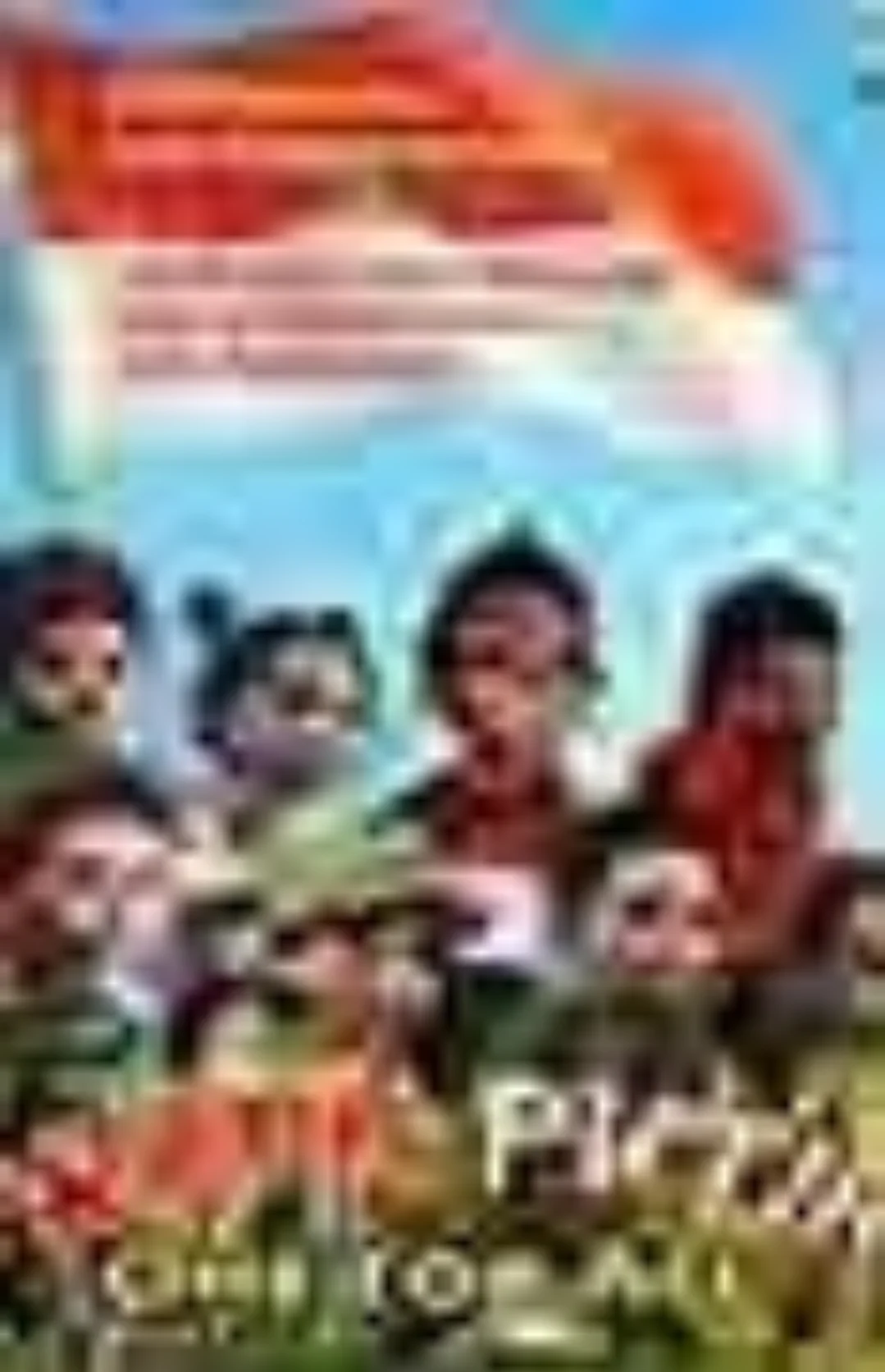
The failure of this film is not in its intent but in its execution. From the poster to the trailer, what is seen is a product with visual quality far below the big screen standard:
Questionable visuals. Many netizens said the poster and clips looked like “pirated CD covers” — not a compliment, but a criticism of the compositing design quality, lighting, and character proportions that feel very amateurish.
Details that damage credibility. There are scenes that make the audience question whether the production team really monitored continuity: for example, a cockatoo bird sounds like a monkey, and the appearance of a green box labeled M4 in a village warehouse is a prop oversight that invites questions about research and checking.
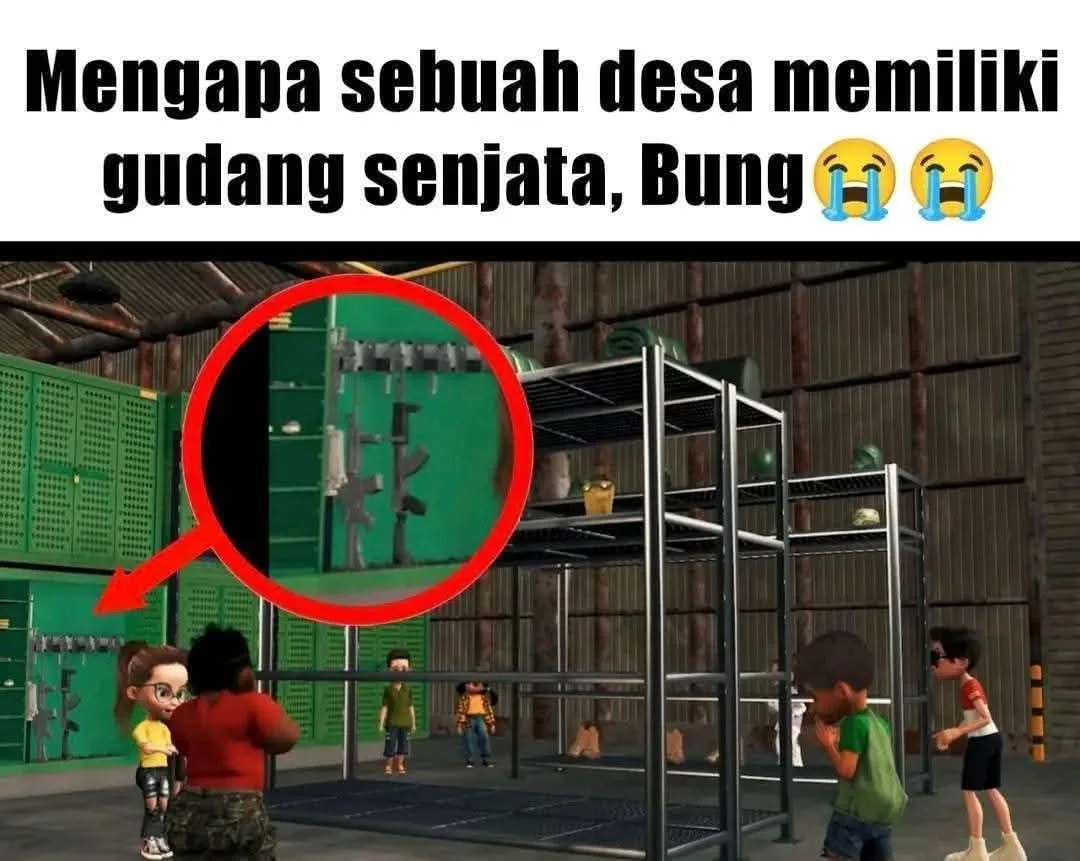
Weak rendering & animation. For a film claiming to be “Indonesia’s first children’s animated film with a nationalistic theme,” the quality level of 3D, rigging, and expression animation feels far from cinema standard. Many animators and viewers judged the movements as stiff, textures as flat, and scene composition as misguided.
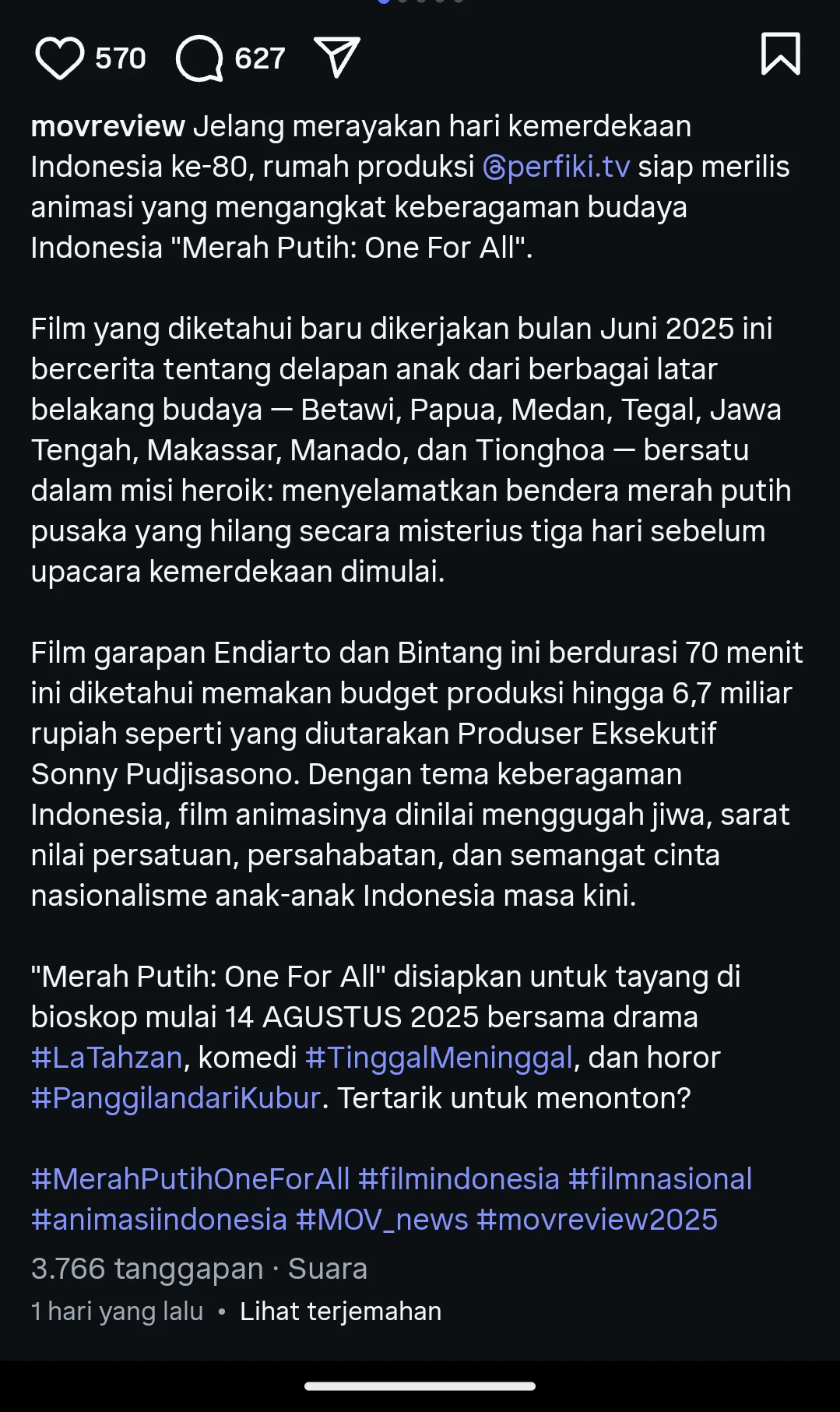
Feeling of a rushed production. According to circulating information, this project was said to have started in June 2025 and released mid-August 2025 — meaning roughly a one-month process until release. For a big screen animated film, that is not just “short,” it’s an overnight rush which clearly affects quality. The budget reportedly reaching IDR 6.7 billion feels wasted if the result is like this.
Public Reaction: Criticism, Astonishment, and Sharp Condemnation
Social media reactions were dominated by harsh criticism and mockery:
“Sorry is this a village warehouse or a cartel warehouse, there’s an M4 weapon in the green box,” wrote one user, highlighting the prop oversight.
“Distracted by the poster, looks like a pirated CD cover I often saw when I was in elementary school,” commented another, belittling the graphic design aspect.
These comments were not just trolling — many came from profiles who understand the animation production process, so the criticism felt substantial, not just empty ridicule.
Creators Respond, Defensive and Dismissing
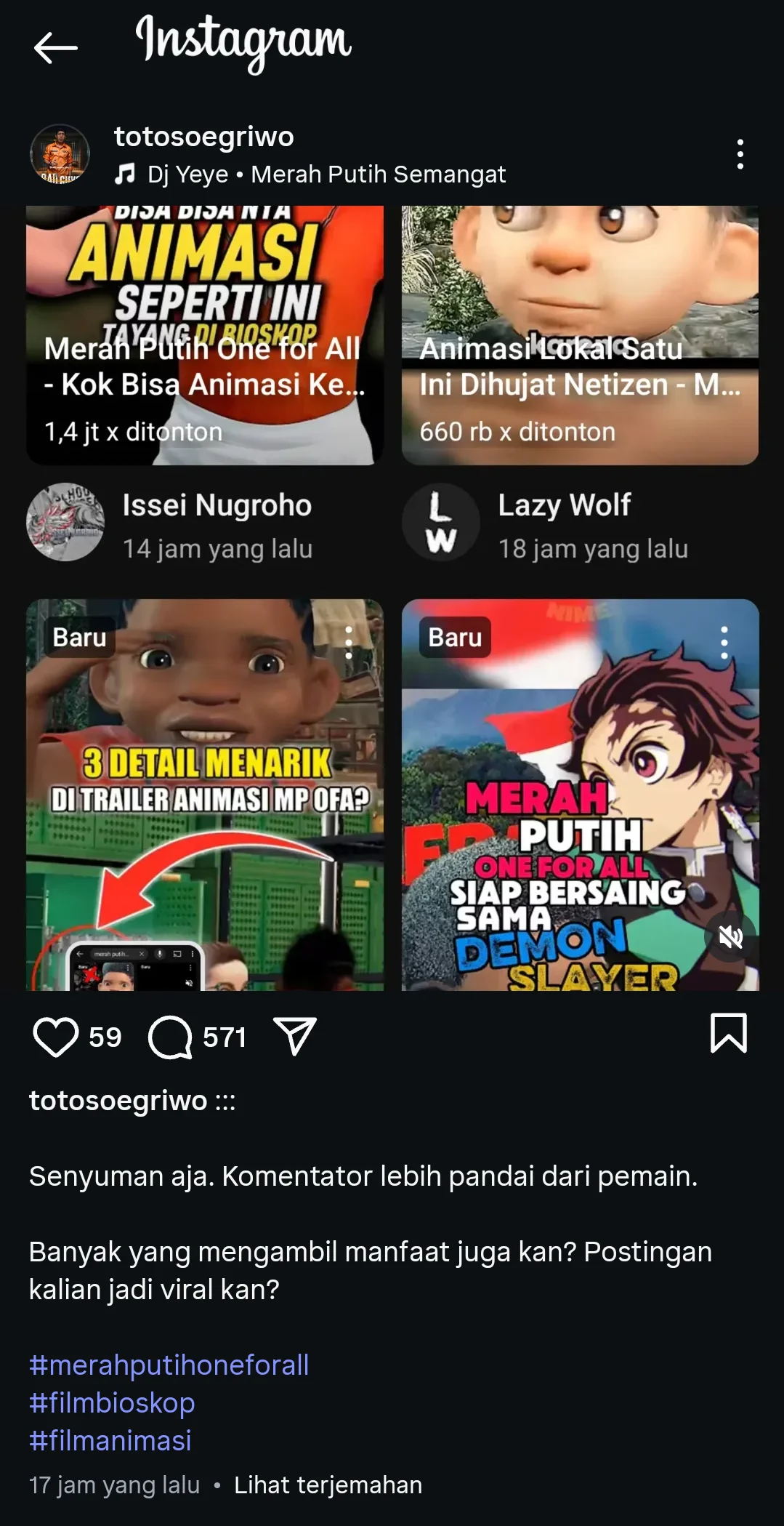
Producer Toto Soegriwo gave a response that, if not provoking, at least downplayed the criticism: “Just smile. Commentators are smarter than the players. Many also benefit right? Your posts go viral right?” This attitude sounded like laughing at public concerns rather than responding seriously.

Additional information: the film was produced by Perfiki Kreasindo, directed and written by Endiarto and Bintang, with executive producer Sonny Pudjisasono. However, when trying to find Perfiki Kreasindo’s track record, their site shows 403 Forbidden, a red flag for the studio’s credibility when claims of professionalism cannot be supported by evidence.
The film’s trailer was published on YouTube channels such as Perfiki TV, CGV Kreasi, and Historika Film, which triggered virality, but the virality mostly came from mockery, not praise.
Sharp Analysis: Problems Bigger Than Just “Good or Bad” Visuals
This is not just about “bad or good” visuals. There are structural problems
- Poor project management. Feature animation needs time, talent, pipeline, and quality control — not a magic shortcut. The very short production time indicates planning and resource allocation that went wrong.
- Questionable use of funds. With a reported budget of IDR 6.7 billion, the exhibited results suggest quality leaks whether due to a lack of experts, outsourcing without control, or misallocation of costs.
- Lack of transparency. A studio making big claims but having a 403 site, plus defensive maker responses, all worsen public perception and damage trust.
- Cultural and educational risks. If a patriotic-themed film is produced half-heartedly, the impact is not only on the makers’ reputation but also on children’s experience who should receive quality viewing to understand the values of nationalism.
Merah Putih: One For All has an idea worth praising: celebrating the diversity of the nation’s children and teaching the importance of unity. But good intentions are not enough. When a patriotic project is produced looking like an amateur flash project, what emerges is not pride but collective embarrassment.
If the makers seriously want to raise national values through animation media, the first step is to accept criticism maturely—not mock it—then conduct a thorough evaluation: reschedule production, improve animation quality, and open dialogue with the animator community to improve standards. Until that happens, this film will remain remembered not as a celebration, but as a bitter example of how a rushed production can ruin good intentions.
photo dumps
